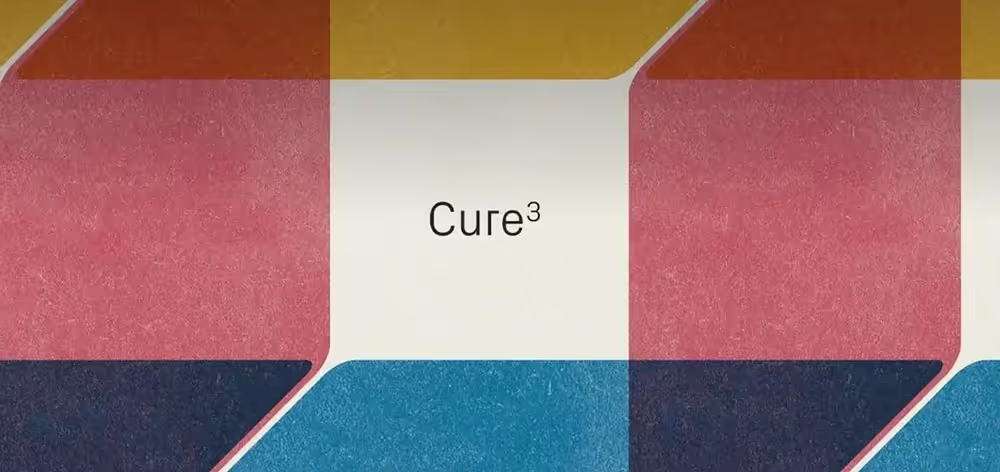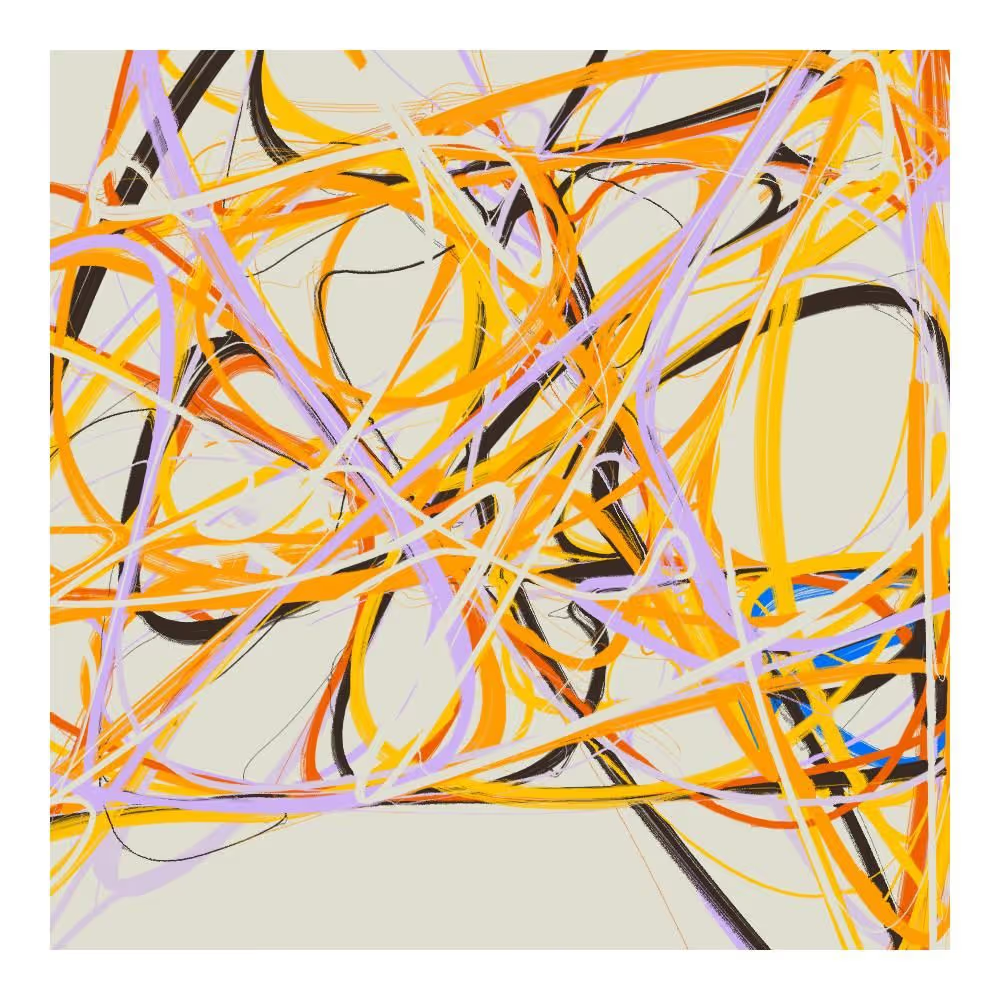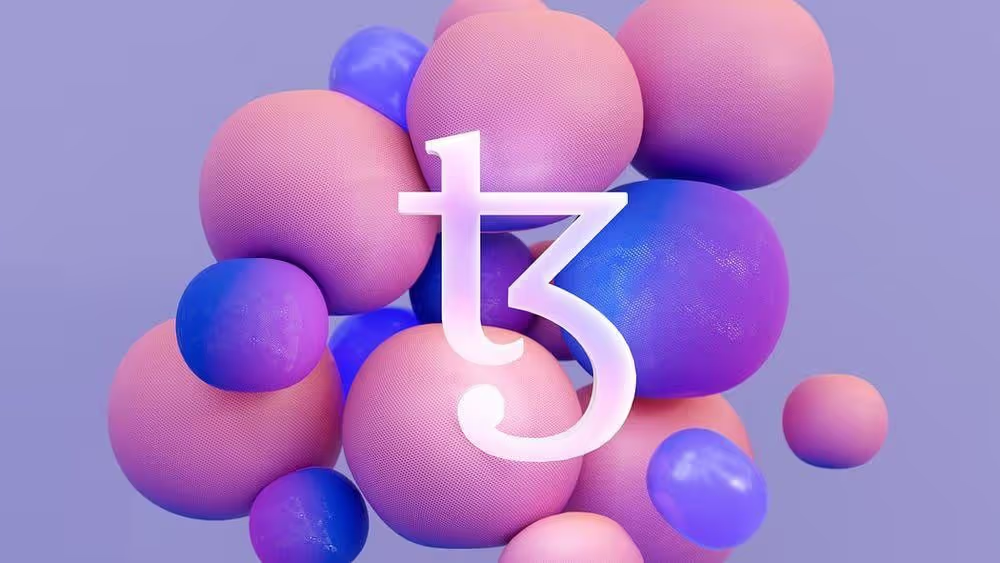How Charitable Giving Takes a New Turn with NFTs
A closer look at the fourth edition of Cure³, an exhibition devised to raise awareness and funds for curative Parkinson’s research.
9 minute read

Did you know crypto donations surpassed $1B in the last year alone? Yes that’s a B for billions.
What’s even more interesting is the size of the average donation, which has been reported to be as much as $10K based on sample data. Just one donation of that size can have considerable positive impact and it paints a new image of what crypto can do when this size of capital is the average donation.
With this knowledge in mind, it’s interesting to see great causes like Cure³ implementing NFTs into their exhibition this year for raising awareness and funds for curative Parkinson’s research. Let’s dive into why this new trend of charitable giving will stick around and how the creator economy is being developed by NFT artists.
Tezos NFTs for Curative Parkinson’s Research #
A few weeks ago, we witnessed the launch of the fourth edition of Cure³, the art exhibition devised by Artwise Curators to raise awareness and funds for curative Parkinson’s research. This is the first time NFTs have been included in the exhibition’s history thanks to a collaboration between Cure Parkinson’s, Bonhams, Artwise, and support from fx(hash).
Some of the featured generative works included artists of the likes of Anna Lucia, Lunarean, Nat Sarkissian, Marcelo Soria-Rodriguez, Yazid, and NFT’s from Anna Carreras and Iskra Velitchkova.

“Action; System” by Anna Lucia
Speaking on helping support the exhibition at fx(hash), communications lead Alfredo Asuzano gave a few words on the event and what it was like to help support it.
Allowing anyone to come in, collect this art and contribute to this charitable drive while making a big statement in web3 was very nice. It also helped show traditionalists that this is a real and potentially revolutionary way to merge the arts with charitable giving.
Tying together generative art, long form collections, charitable giving and web3 merged with very traditional art auction houses like Bonham’s melded a lot of different facets together in a way that I think is probably a first especially at this scale.
A big splash was made with the exhibition raising over 250k tez on opening night with much more coming in after the auction concluded from the secondary market.

“Eucalyptus and Sagebrush” by Nat Sarkissian
Overall, the exhibition served as a prime example of how web3 has made a significant development in the world of art and philanthropy. The use of NFTs in the context of this exhibition provided a win-win scenario allowing artists to showcase their work all the while supporting curative Parkinson’s research.
Key Insight from Alfredo Asuzano #

I had the chance to chat with communications lead of fx(hash), Alfredo Asuzano. He shared some insight on his background, role at fx(hash) and what it’s like supporting exhibitions like Cure³.
Tell us more about your background and crypto journey.
I started out as a content producer within the crypto space in 2017. That opened the door for me to start writing pitch decks for ICO’s and became more of a technical writer focusing on compliance documentation and general technical writing. That led me to NFTs and DeFi and shortly after I stumbled into generative art fairly early on in January or February of 2021.
This rabbit hole eventually led to me to Tezos and fxhash. A few days after the fxhash discord was opened, I became super engaged with it. It was easily the most interested and pulled I have ever felt towards any project. I really believed in what the team was building. This concept of a completely ungated playground for creating and collecting art I found really powerful.
Even more so, this platform was strictly focused on code-based art. Here we spend the majority of our lives on or in the vicinity of a computer. In terms of expression and a medium, I can think of nothing more relevant than a computer. The power of the computer and the code as a medium of an art form was something very compelling to me.
What was the process like for organizing this event?
Sure, so how this came to us was through Artwise, the group behind the Cure Parkinson’s charity drive. This was the 4th year in a row this event has been held, organized through Bonham where they provided the space to hold this selling exhibition. They’re usually always working with some of the worlds leading contemporary and traditional artists.
This all unfolded through Bonham getting in contact with Alex Estorick who turned them to look deeper into generative art as a bubbling medium which was happening in the art world. Our connection with Alex led to him recommending them to have a chat with us. I think they were really blown away by the fact that there’s this entire digital art world that’s not only financially stable but quite explosive. This has been completely off their radar and they’ve likely only heard about generative art in passing.
When we had a chat with them, we gave them a primer on generative art and web3 running them through a lot of the classics, the entire practice etc. This intrigued them and they initially wanted to do a series of 1/1 with artists on Tezos. However, the more we talked about long form generative drops the more enthusiastic they became about that idea. Especially the concept of opening these auctions up not just to high roller bidders but allowing anyone to come in and collect this art and be able to give to this charitable drive while making a big statement in web3.
The behind the scenes reactions were very positive. The head of valuation at Bonham’s came over and congratulated us and expressed a ton of interest in getting together with us for events like this in the future. It was a really great experience for everyone. To my knowledge, I don’t know of any other similar charitable projects in the NFT space tying together generative art, longform collections focused on charitable giving within web3 with the support of large auction traditional art auction houses like Bonham’s.
I very much appreciated some key insights from Alfredo. A charitable event like this will certainly make a real world difference for a great cause. I hope to see more events like this in the future and you better believe that I will be doing my part in supporting artists that support charitible causes that will impact the world for the greater good.
Towards the Creator Economy #

There’s a pretty apparent trend that’s shown up in the recent years.
The most relevant example we can take on is the rise in popularity of NFTs. These past few years have brought an obscene amount of traffic towards digital collectibles, with recording setting sales on single pieces such as Pak’s “Clock” for $53.7M or Beeple’s “Everydays — The First 5000 Days” for $69M to name a few.
Following these successes, we began to witness the ultimate development of new independent markets around these digital collectibles. Within these markets, artists and creatives can now generate revenue directly from their audience and yield more power over distribution, price of their works, and ownership.
What has been historically dominated by large traditional art auction houses has now essentially led to the creation of careers in a new creator economy.
NFT artists behind the Cure³ exhibition and many more are some of the early pioneers in this new creator economy that we’re witnessing develop, especially in the case of generative art. Relying on NFTs for their source of income and creating their own markets around them, they’ve essentially created careers in a new digital industry.
However, none of this would have been possible without the paradigm shift that is digitization. It’s become clear that taking things that exist physically and digitizing them is a trend. We can see it across real estate, money (cryptocurrency), art (NFTs), and much more.
One thing is for certain though, the creator economy will continue to be a rapidly growing and evolving market changing the way artists and creatives earn a living and grow their crafts.
Since this economy exists in decentralized, blockchain-based platforms like Tezos, all the benefits of its technology stack and features add up together in quite a similar fashion. We are starting to see how this web3 world intersects with the philanthropic world and how it helps build a better tomorrow. I can’t wait to see how this all plays out, especially when it’s tackling a terrible disease like Parkinson’s.